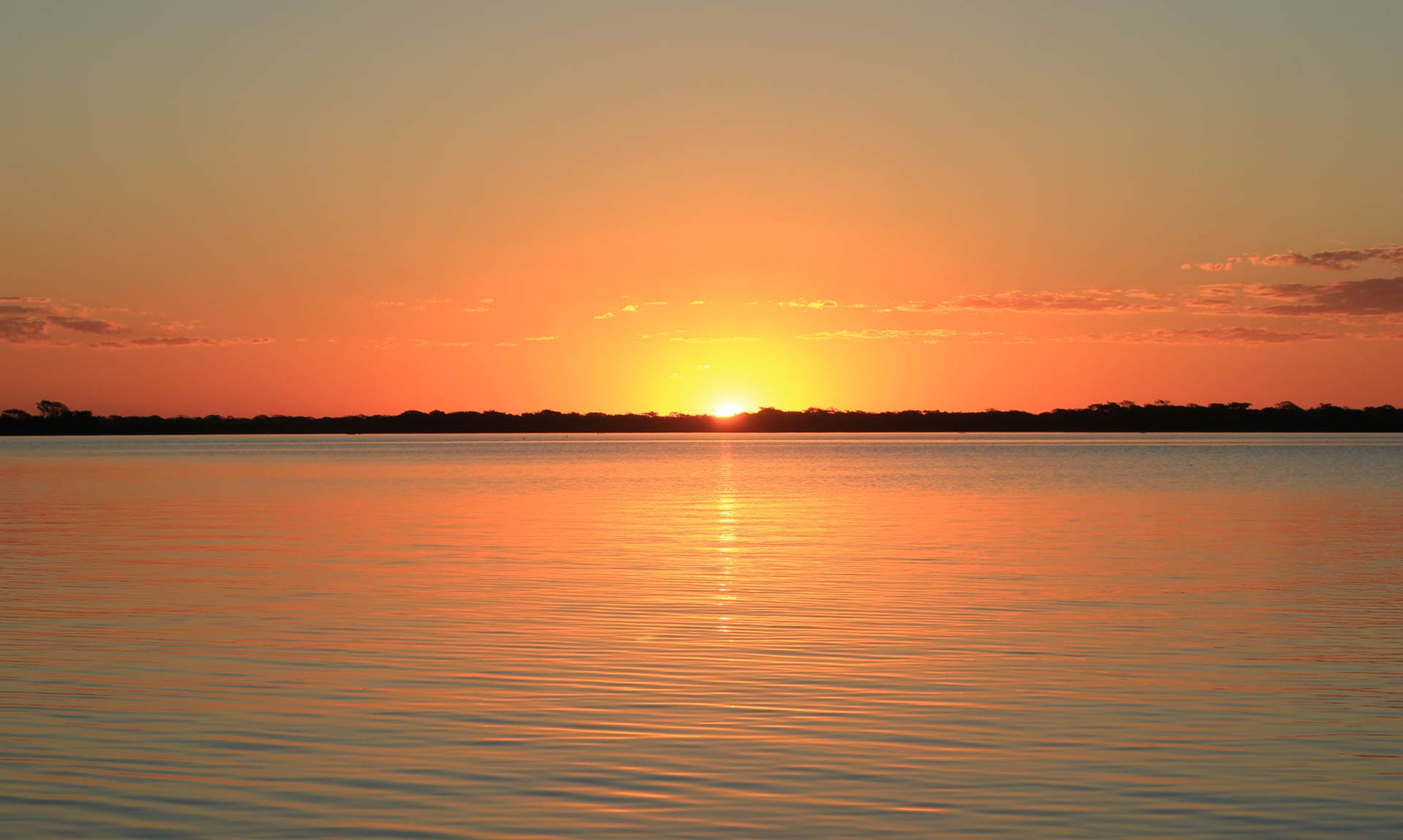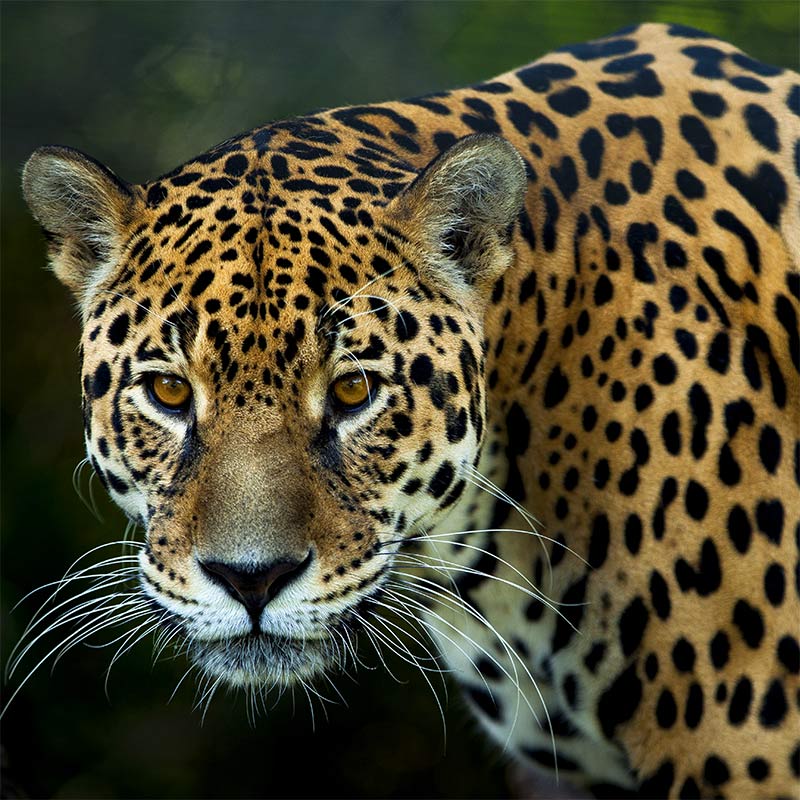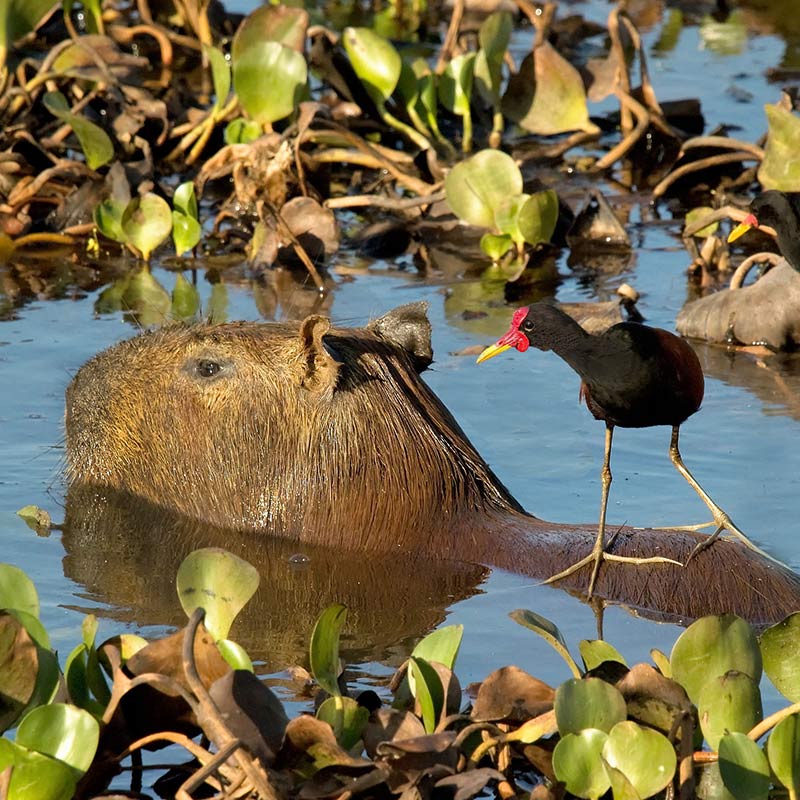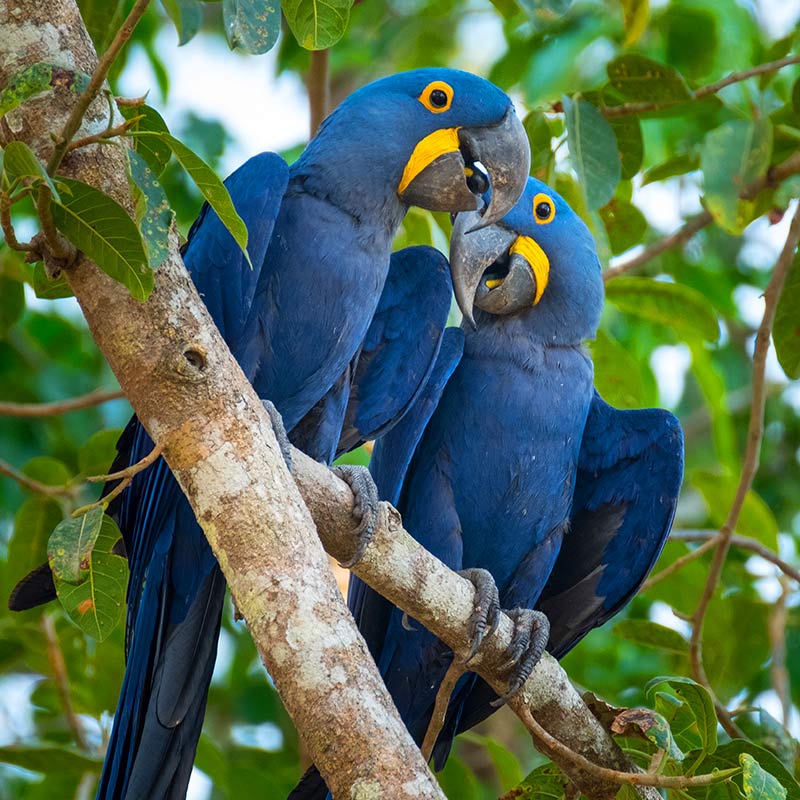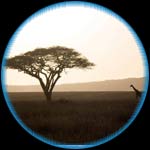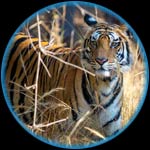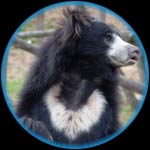SQUARE MILES
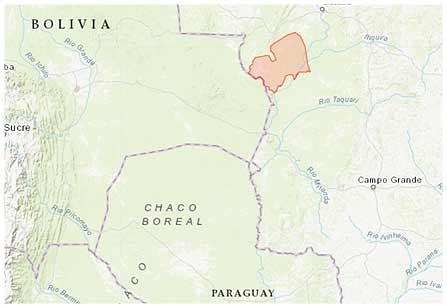
 LOCATED IN WESTERN CENTRAL BRAZIL, WITH SMALLER PORTIONS EXTENDING INTO BOLIVIA AND PARAGUAY, IT IS LARGER THAN SYRIA
LOCATED IN WESTERN CENTRAL BRAZIL, WITH SMALLER PORTIONS EXTENDING INTO BOLIVIA AND PARAGUAY, IT IS LARGER THAN SYRIA
 STRONGHOLDS FOR: MANY THREATENED AND ENDANGERED SPECIES INCLUDING THE HYACINTH MACAW, GIANT ANTEATER, JAGUAR AND OCELOT
STRONGHOLDS FOR: MANY THREATENED AND ENDANGERED SPECIES INCLUDING THE HYACINTH MACAW, GIANT ANTEATER, JAGUAR AND OCELOT
 THE WORLD’S LARGEST TROPICAL WETLAND AREA, THE PANTANAL WAS PLACED ON THE UNESCO WORLD HERITAGE SITES LIST IN 2000
THE WORLD’S LARGEST TROPICAL WETLAND AREA, THE PANTANAL WAS PLACED ON THE UNESCO WORLD HERITAGE SITES LIST IN 2000
PANTANAL FACTS
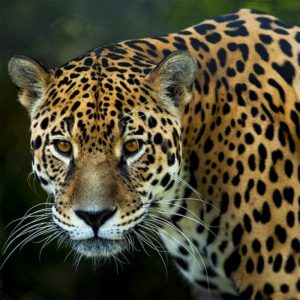
Pantanal Conservation Area consists of several protected areas. The majority of this area is located in western central Brazil, with smaller portions extending into Bolivia and Paraguay. Some of these protected areas are: Pantanal Matogrossense National Park, SESC Pantanal Private Natural Heritage Reserve, Acurizal Reserve, Penha Reserve, Doroche Reserve, Encontro das Águas State Park and Guirá State Park. Otuquis National Park and the Integrated Management Natural Area is Bolivia’s Pantanal National Park. The Pantanal was placed on the UNESCO World Heritage Sites List in 2000.
The Pantanal is situated on a large portion of the Amolar Mountain ridge. During the rainy season, torrential rains fill the giant basin to create a flooded landscape. The basin plays a key role in filtering chemicals and other pollutants from water. Its gentle slope aids in the gradual distribution of nutritive materials to both the Cuiabá and Paraguay Rivers. In this manner, marine species in the Pantanal are sustained. Marine species, in turn, provide sustenance to various wildlife and human populations.
PANTANAL UNIQUE FEATURES
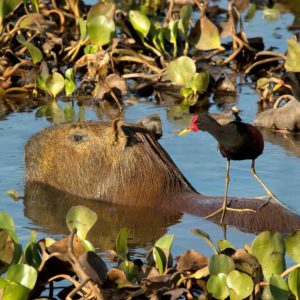
The Wetlands of the Pantanal
The wetlands of the Pantanal are home to a remarkable variety of wildlife. It is thought that 300 species of mammals, 1,000 species of birds, 400 species of fish, 480 species of reptiles and over 9,000 species and subspecies of invertebrates call it home. Jaguars, Marsh Deer, Maned Wolf, Giant Armadillo and Crocodiles are some of its better known species, yet make up only a very small percentage of the population. The area is considered to have the highest concentration of wildlife in South America. The Pantanal offers protection to its resident species, however, there are six worldwide Threatened and Endangered species living there. Among these is the imperiled Hyacinth Macaw – the largest flying parrot species in the world. Other Endangered species include the Giant Anteater, Ocelot, Giant Armadillo, Crowned Solitary Eagle, Maned Wolf, Bush Dog and South American Tapir.
PANTANAL THREATS
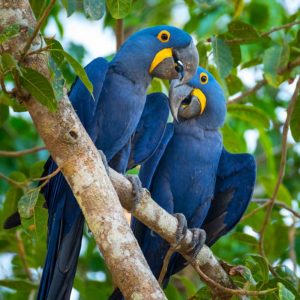
Wetlands are areas partially or totally covered by salt or fresh water. Wetlands provide food, drinking water and refuge for countless animals and humans. Just over 6 percent of the Earth’s land surface is covered by wetlands. It is estimated that this figure is about half of what it once was. The Pantanal comprises about 3 percent of the world’s wetlands. The Panatal is the largest wetland area in the world, yet only about 5 percent of it is protected. The other approximately 95 percent is privately owned and used for agriculture and ranching. Erosion and sedimentation, caused by agricultural and ranching activities, alter the soil and other characteristics of the ecosystem. Burning of land for pasture maintenance also compromises the ecosystem. As a result, native species are threatened.
Other damaging human activities include commercial fishing, which is focused on only a few species of fish, leaving the rest. As a result, an imbalance is introduced into the habitat. Hunting, poaching, and smuggling of Endangered species, also pose a severe threat, particularly to the Hyacinth Macaw. The Hyacinth Macaw is at risk from the smuggling industry due to their high value on the black market. In the 1980s alone, it is estimated that 10,000 Hyacinth Macaws were captured and sold as pets in what is referred to as ‘the cage trade’.


